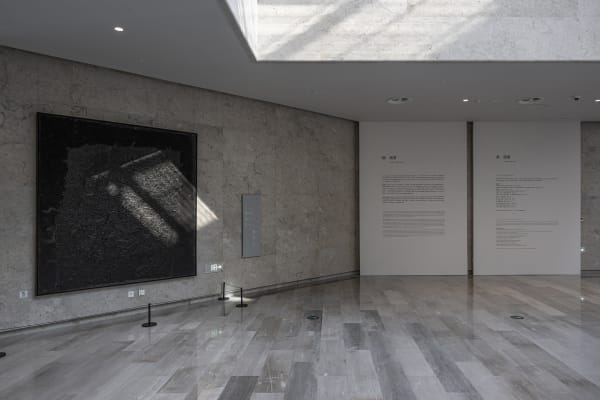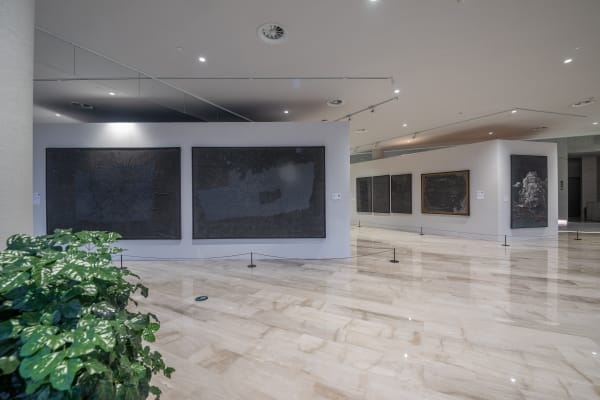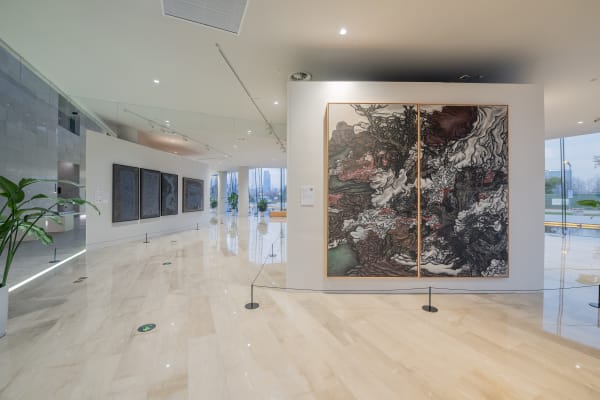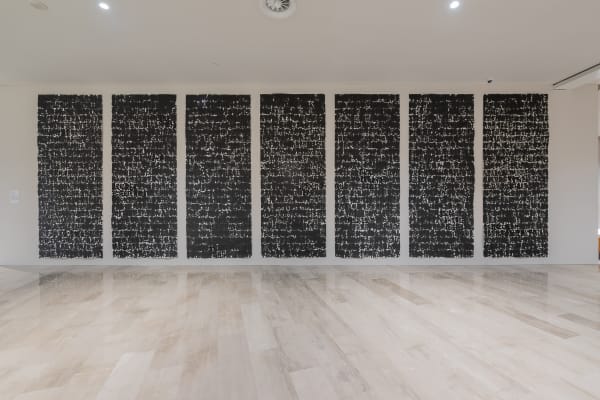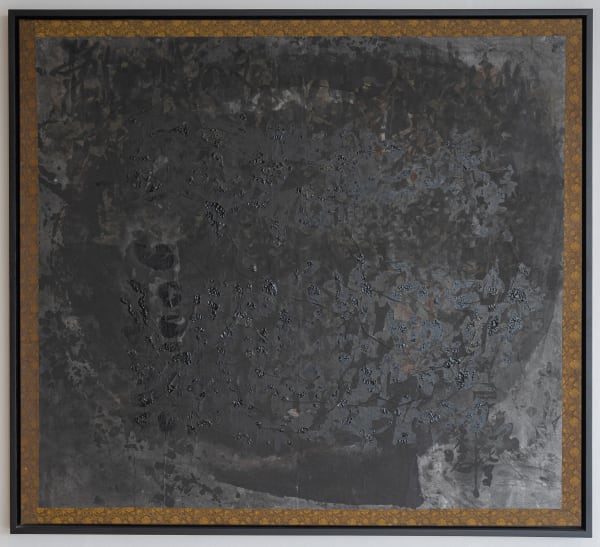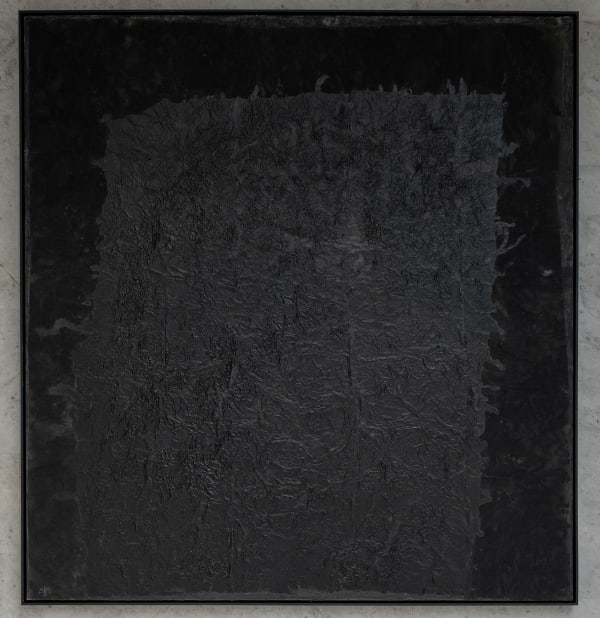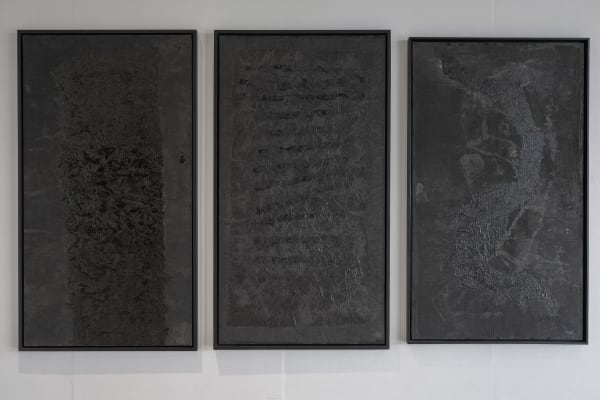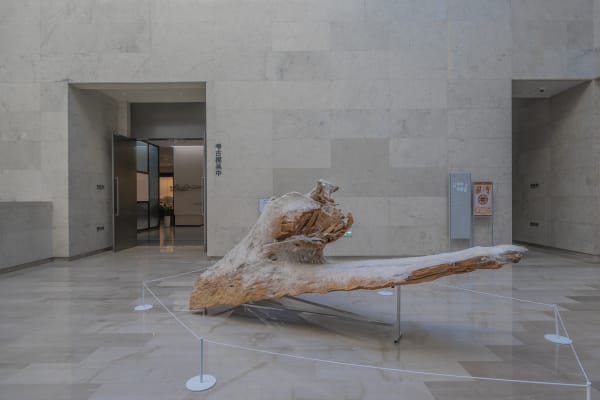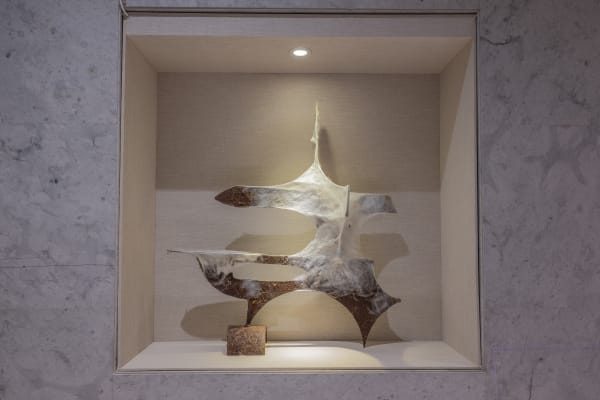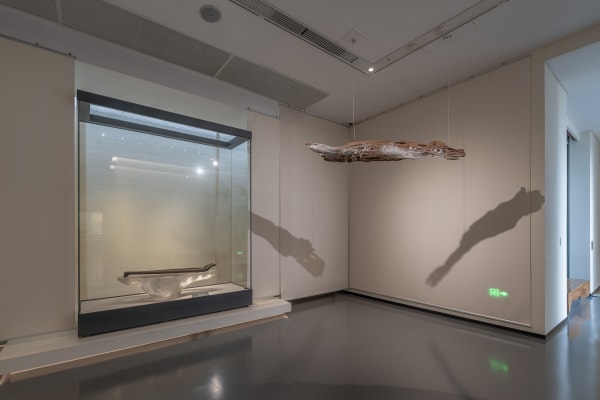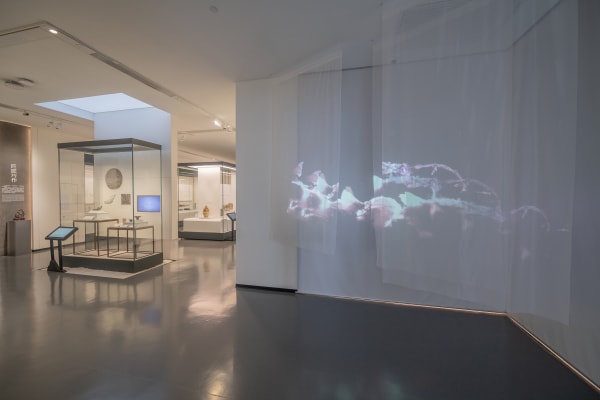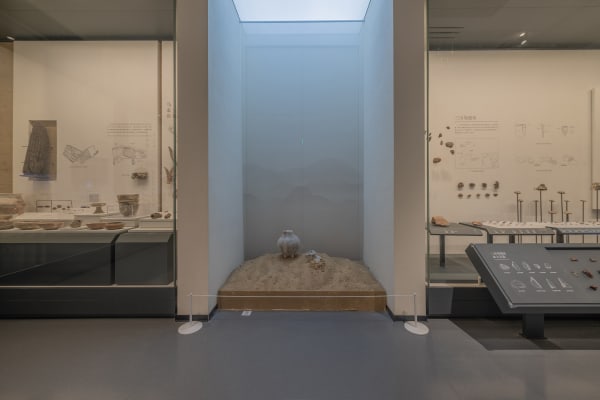The Quill Is Mightier Than the Sword: A Duo Exhibition by Liang Shaoji and Yang Jiechang
02.17-06.11, 2023
2/F, Museum of Wu
No.9 Tantai Street, Wuzhong District, Suzhou
Currently on view at the Museum of Wu in Suzhou is the duo exhibition by renowned contemporary artists Liang Shaoji and Yang Jiechang titled The Quill Is Mightier Than the Sword. As the inaugural exhibition of the Revisit series, this duo exhibition features more than 30 artworks in various artistic formats, including ink painting, calligraphy, video, and site-specific installations.
The title of the exhibition “The Quill Is Mightier Than the Sword” originates from the artistic characteristics of both Liang Shaoji and Yang Jiechang’s artistic practice. They use natural silk and ink respectively as the fundamental media of creation to present a Chinese story in a global context, exploring the traditional, historical and cultural connotations embedded within these two materials.
Based on their extensive experiences in culture, global vision, experimental practices, and pioneering artistic language, Liang and Yang made profound speculations on the history of Wuzhong, Chinese literati tradition, and the contemporary value of Chinese cultural heritage.
Yang Jiechang has chosen some of the most representative works in the past several decades of his artistic career, which challenges our understanding of the traditional concept of ink painting. His works always maintain a close connection with reality while reflecting universal problems. Through transforming human action into the dynamic movement of brush and ink, Yang presents his personal responds to the value of traditional literati spirit in the era of globalization.
The large-scale calligraphic work Revisit • Wu Region is a site-specific project that Yang Jiechang created for the Museum of Wu. Sitting on the floor of the museum hall and facing the ancient Baodai Bridge on the Grand Canal, he wrote down the names of famous sages from the historical Jiangnan region that he knows, his friends from the Wu region, as well as random museum visitors. Executed in thick ink, Yang’s calligraphy challenges the traditional rules of writing - reversed strokes, over-saturated brush, and uncontrolled ink flows across the paper surface - resulting in a dark and almost illegible composition that reveals nothing but a visually compelling sense of monumentality that transcends time and space.
The purely abstract One Hundred Layers of Ink series originated from the seminal 1989 trans-national show Magiciens de la Terre at Centre Pompidou. Yang Jiechang applies layers and layers of pure and of diluted ink onto xuan paper until the black ink turns luminescent. The creative process itself actually is the deconstruction of Chinese painting into its basic elements: paper, water, ink, and action, through which Yang deals with the contrasting themes of material and spiritual transcendence, liberation of the individual, universal love and nature.
The uneven texture resulted from repeated application of ink on paper conveys a sculptural quality, which is well preserved by the special mounting technique that involves the use of gauze and on canvas. This series displays neither skill nor imagery or personality and painting here is rather a way of contemplation than a means of representation.
Since 2000, Yang Jiechang’s paintings are mainly figurative, applying the traditional gongbi or meticulous technique using vegetal and mineral colors, combining realistic elements with vivid and bold brushstrokes. Yet, the seemingly figurative images are rather abstract, reflecting the artist’s Daoist practice.
Liang Shaoji showed his respect for the history and cultural heritage of Chinese art through his innovative works made in dialogue with the objects from the permanent collections of the Wu museum. The installations using silk, cocoon and various organic materials marks a challenge to Liang’s own expressive artistic language, presenting to the viewers the visual dialogue between ancient civilization and contemporary interpretation.
The Quill Is Mightier Than the Sword presents to us exceptional and site-specific works from both Liang Shaoji and Yang Jiechang, through which we observe their mastery of simplified complexity and the combination of fundamental execution with profound spiritual meanings. The contemporary perspective and expression allow the works to permeate cultural relics with a sense of the present, unrolling the rich and complex cultural and historical background of the Wuzhong region.
For more information, please refer to Museum of Wu.
